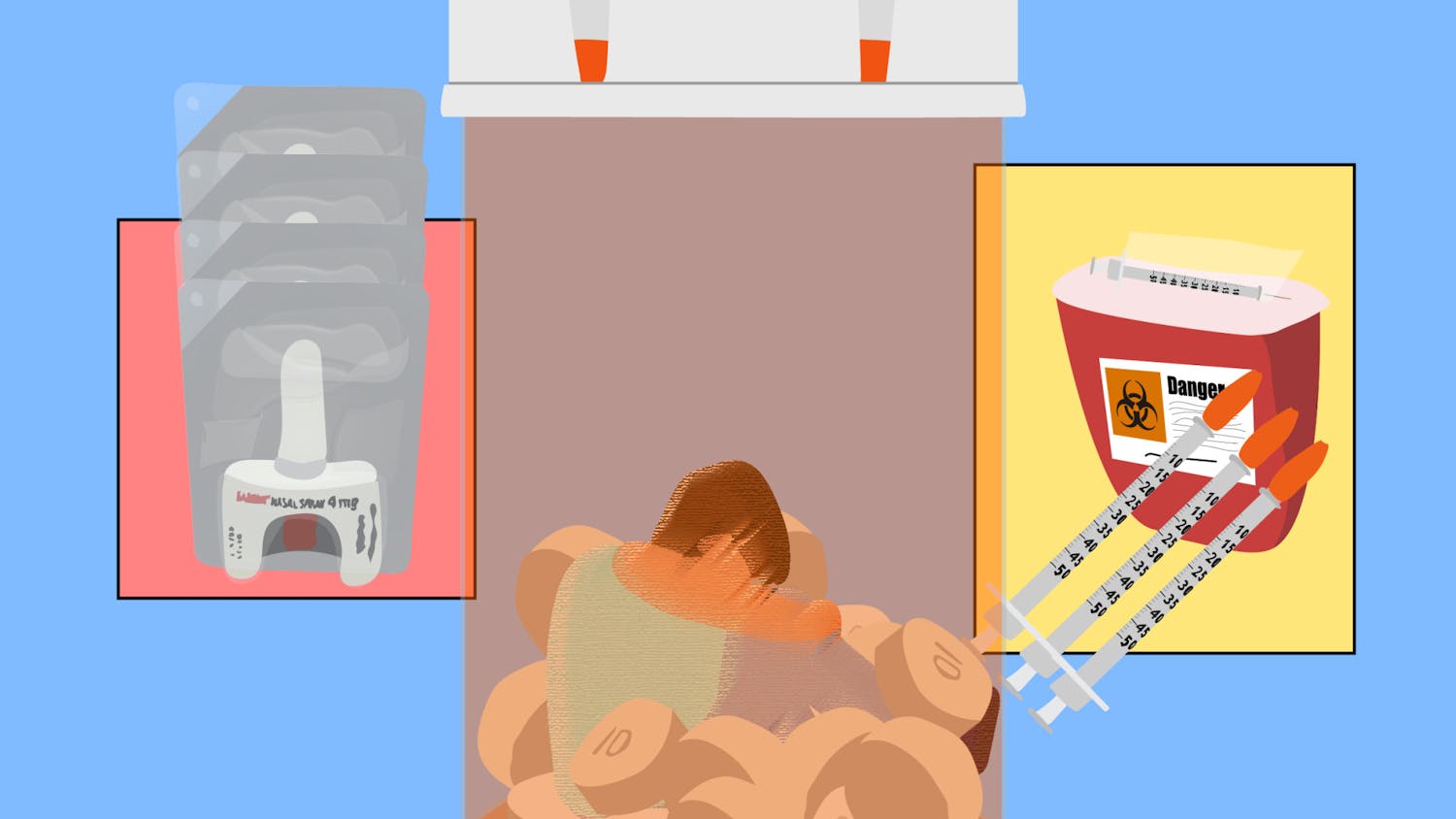The Food and Drug Administration recently imposed stricter requirements for the labeling of opioid medication, but how it will affect misuse among students is currently unclear.
The abuse of opioid medications has grown exponentially throughout the past 10 years, according to an FDA press release.
The change requires a boxed warning that details the risks of misuse, abuse, addiction, overdose and death, according to the release.
The goal is to teach patients how to balance pain management with the health risks.
University Police spokesman Officer Wayne Clark said the university does not see many instances of opioid abuse on campus because 98 percent of substance abuse issues are alcohol-related.
Still, there are students who use pain medications recreationally.
A 22-year-old UF public relations student who wished to remain anonymous due to the illegality of the drug use, said she started taking Xanax, an anti-anxiety medication, twice a week without a prescription a few months ago.
The woman said she goes to friends for the medication, which she says helps her combat stress and improve sleep.
She said the new FDA warnings won’t likely change whether students decide to use opioids.
“I think college students will ignore warnings,” she said.
Other students start using opioids to treat an injury, later finding themselves addicted, said Joan Scully, the coordinator of alcohol and other drugs services at UF’s Counseling and Wellness Center.
The Back on TRAC (Treatment, Responsibility and Accountability on Campus) program, offered through the CWC, offers individual and group counseling, along with drug screenings, Scully said.
“Sometimes students will want screenings just to keep them accountable,” she said.
Scully said an average of 20 students undergo counseling in the program each semester, and about 15 students take the substance abuse seminar.
“Students come in all the time with substance abuse issues,” Scully said.





